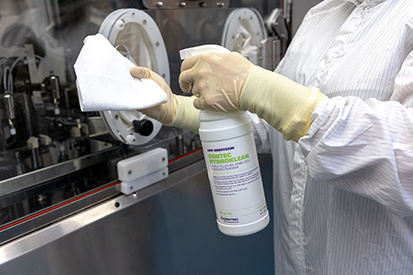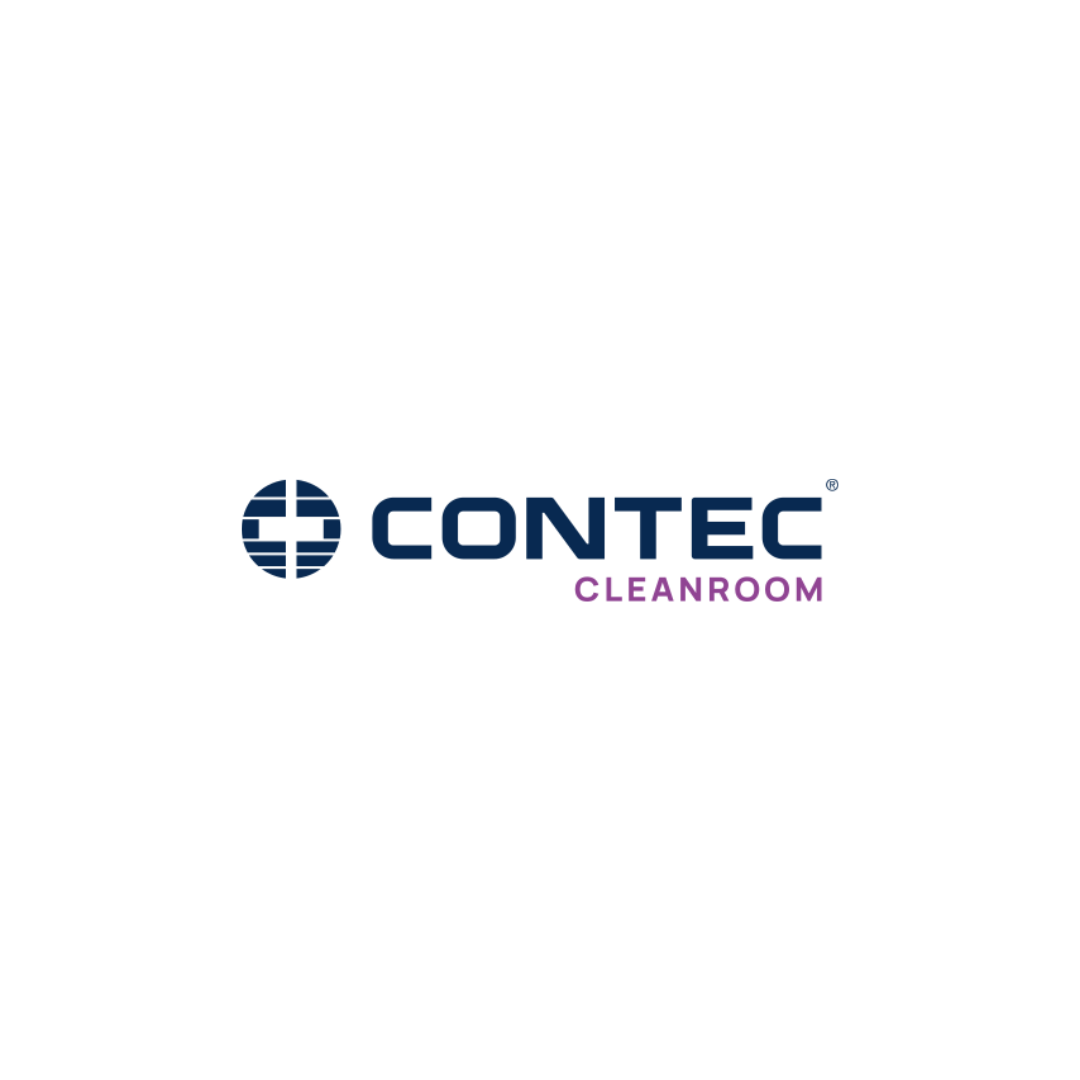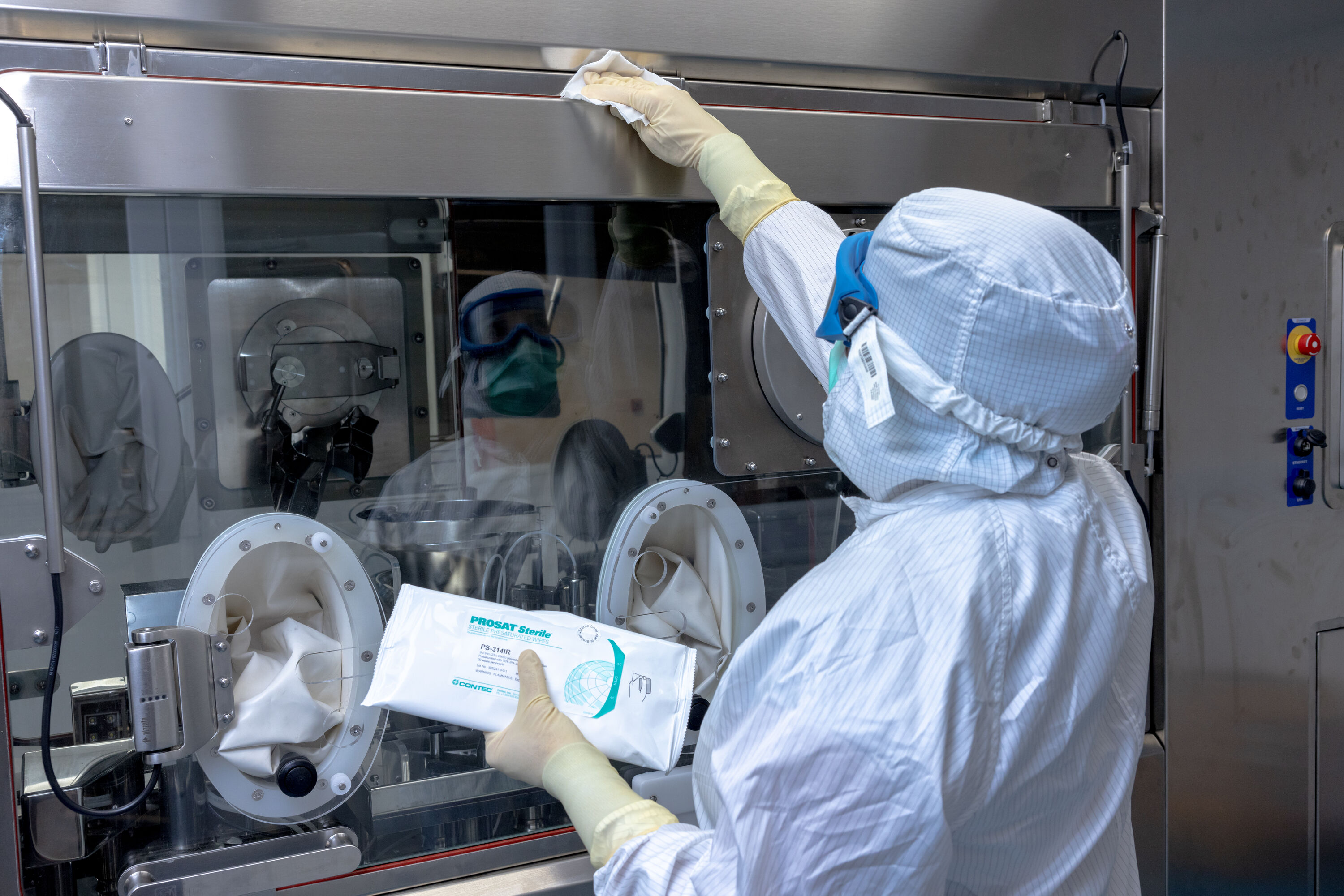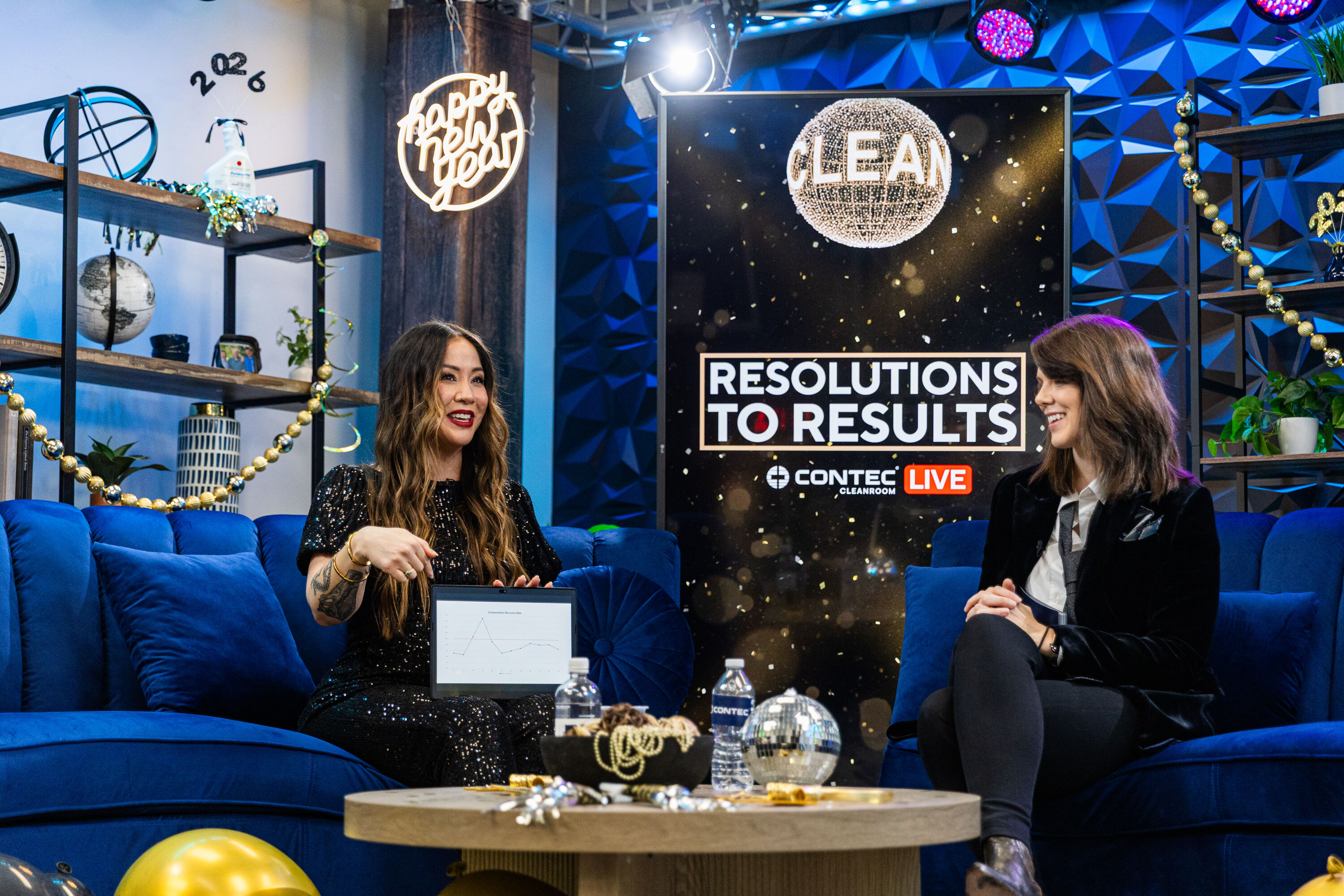In cleanroom environments, where contamination can have serious consequences, the efficacy of disinfectants that are used for disinfection is crucial. Disinfectant efficacy testing (DET) is a key element in ensuring the disinfectants used in rotation are effective at eliminating all types of contamination. This blog explores the importance of DET, the steps involved in the process, and how it supports overall cleanroom integrity.
The Importance of Disinfectant Efficacy Testing
Disinfectant efficacy testing is the first step in evaluating the effectiveness of disinfectants used in cleanrooms. The United States Pharmacopeia (USP) <1072> provides comprehensive guidelines for selecting, using and validating disinfectants in cleanroom environments. Regulatory bodies require evidence that the disinfectants used in cleanrooms are effective. It is expected to test in-house isolates in this testing against the surfaces in the cleanroom. The DET study helps validate and optimize disinfection procedures by determining the appropriate concentration, if concentrated or ready-to-use solutions, contact time and application method. A DET study provides scientific evidence that the chosen disinfectants are successful at eliminating contamination specific to that environment.
Understanding the Disinfectant Efficacy Testing Process
The process of disinfectant efficacy testing involves several key steps, each critical to ensuring that the chosen disinfectants perform effectively in the specific conditions of your cleanroom.
Key Steps to Disinfectant Efficacy Testing
-
- Selection of Microorganisms
The first step in DET is selecting the microorganisms to be tested. These typically include both standard strains and internal isolates specific to your cleanroom environment. USP <1072> provides guidance on standard microorganisms but stresses the importance of collecting internal isolates. By testing against the microorganisms that are most likely to be encountered, you can ensure that the disinfectants will be effective in real-world conditions. - Preparation and Collection of Test Surfaces
Disinfectant efficacy testing must account for the various surfaces present in your cleanroom. This involves collecting samples or “coupons” of these surfaces and using them in laboratory tests to simulate actual cleaning conditions. It’s important to use surfaces that represent the materials found in your cleanroom, as disinfectants can behave differently depending on the material. - Determining Contact Time and Application Method
The contact time is the duration that the disinfectant must remain wet on a surface to achieve the desired level of microbial kill. Contact time is one of the most important parts of a DE study. It proves the disinfectant works at specific conditions on specific surfaces. To determine contact times for many facilities, refer to EPA registrations, vendor efficacy data, mode of action of the disinfectant, and/or environmental monitoring data. The application method—whether the disinfectant is sprayed, wiped, or applied through another means—also plays a crucial role in efficacy and is thoroughly evaluated during testing. - Log Reduction and Neutralization
The efficacy of a disinfectant is often measured in terms of log reduction, which indicates how much the disinfectant reduces the number of microorganisms on a surface. To provide an accurate result during the disinfectant efficacy study, the disinfectant must be neutralized after the target contact time. Effective neutralization of the disinfectant is demonstrated according to USP <1227> (Validation of Microbial Recovery from Pharmacopeial Articles). After the neutralization process, the microorganisms are recovered in the neutralized disinfectant solution.
Proper neutralization studies require two aspects – that the neutralization solution can effectively quench the disinfectant activity and that the neutralization solution itself is not toxic to the microbes. Both these aspects were demonstrated successfully using criteria from the current version of USP <1227>. These two (2) aspects are critical to avoid negative interference during the next stage of the study. - Establishing Standard Operating Procedures (SOPs)
Once the DET is complete, the findings are used to establish or refine SOPs for cleaning and disinfection in the cleanroom. These SOPs should detail the specific disinfectants to be used, the contact times, application methods, and any additional steps necessary to ensure the complete removal of microorganisms. Properly documented SOPs are essential for compliance with regulatory requirements and for guiding personnel in executing their cleaning tasks effectively.
- Selection of Microorganisms
Learn More About Effective Contamination Control Strategies With Our On-Demand Webinar.
The Role of DET in Regulatory Compliance
Regulatory agencies such as the FDA and EMA place significant emphasis on the validation of disinfectants used in cleanrooms. A well-documented DET process is not just about meeting these regulatory expectations; it’s about ensuring that your cleanroom operates within the tight tolerances required to maintain product sterility. Disinfectants must be proven to work under the specific conditions of your cleanroom, and DET provides the data necessary to support this proof.
Challenges and Best Practices in DET
Performing disinfectant efficacy testing can be challenging, particularly in facilities with complex environments or a wide variety of surfaces. One common challenge is ensuring that the test conditions accurately reflect the conditions in the cleanroom. Best practices for overcoming these challenges include thorough preparation of test surfaces, careful selection of test microorganisms, and detailed documentation of every step in the process.
Another challenge is managing residues that may affect disinfectant efficacy. Residues left by disinfectants can interfere with their ability to kill microorganisms, which is why residue management should be integrated into the overall CCS. Regular monitoring and cleaning protocols should be in place to prevent residue buildup and ensure the continued effectiveness of the disinfectants.
For more information on cleanroom disinfection, view our blog.
Conclusion
Disinfectant efficacy testing is a critical component of any robust Contamination Control Strategy. By rigorously testing and validating disinfectants, cleanroom facilities can ensure that their cleaning protocols are effective, compliant, and capable of maintaining the high standards required in controlled environments. Investing in thorough DET not only supports regulatory compliance but also provides peace of mind that your cleanroom is protected against contamination risks. In the end, the effectiveness of your contamination control measures depends on the reliability of your disinfectants—and DET is the process that ensures this reliability.
Contact a sales representative for more information on Contec Cleanroom products and how they can enhance your cleanroom cleaning procedures.




.jpg)
